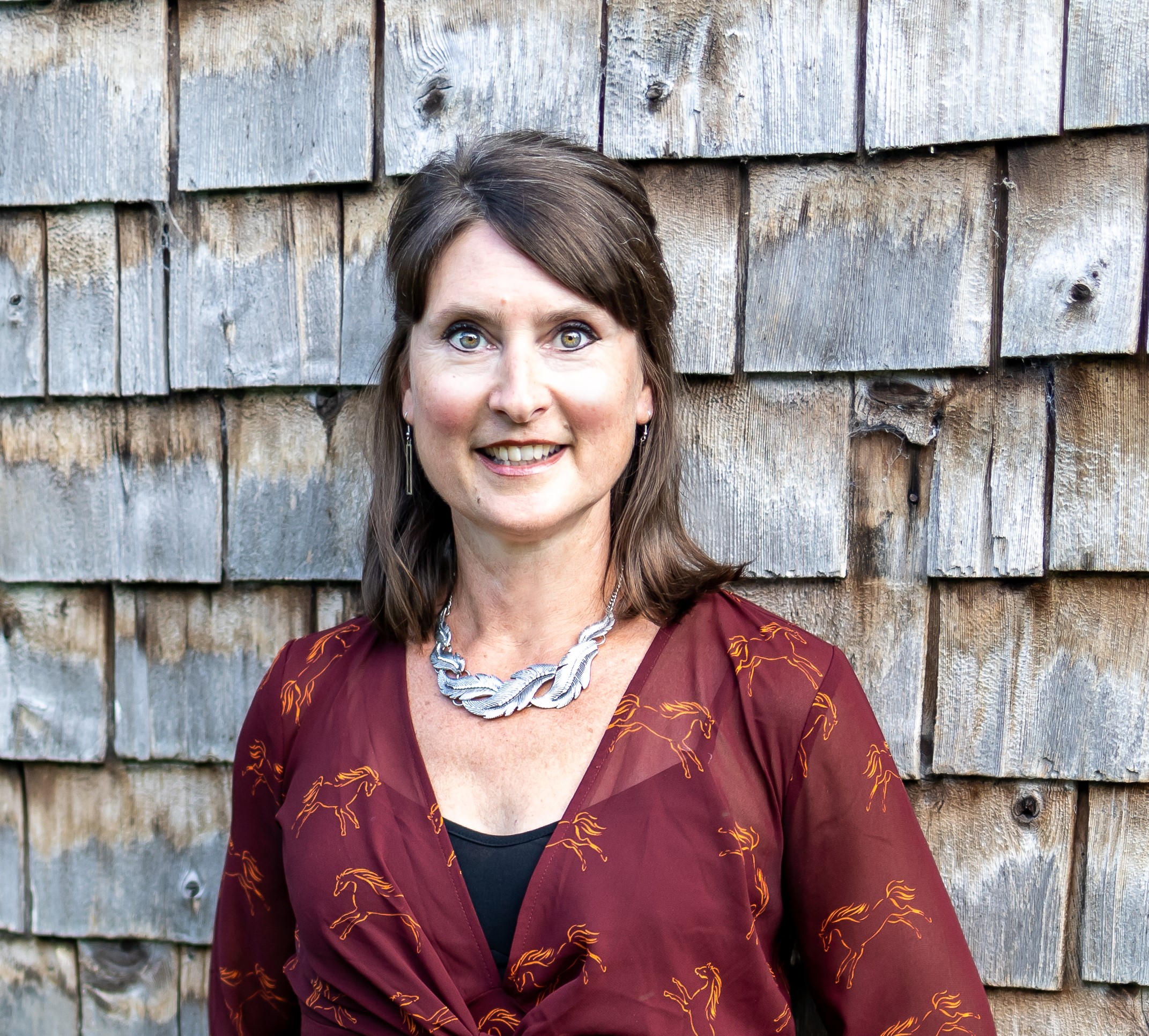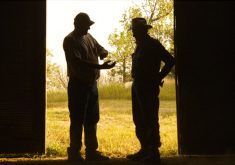Upstream: The Quest to Solve Problems Before They Happen
Dan Heath
Simon & Schuster / 320 pages / $30
Most of us feel that the way we make decisions is the only natural way to do it. There isn’t a better way. If there was a better way, we’d already be doing it.
Or would we? Here’s a book that will make you think twice.
Does it feel like you’ve spent years overlooking some of the recurring problems on your farm and in your business because time is scarce, and when they crop up, you always have bigger fish to fry that day? Are you more reactive than proactive, dealing with daily crises as they occur rather than strategizing how to prevent or eliminate them?
Read Also

The big squeeze: How to be fair to siblings during farm succession
Managing sibling business relationships on family farms.
These are rhetorical questions, because of course most of us will have to answer yes.
Can we stop reacting and start preventing? Can we re-engineer the process that creates problems in the first place and simultaneously improve the odds that those problems won’t happen again?
Dan Heath, author of Upstream: The Quest to Solve Problems Before They Happen, believes we can. “When you spend years responding to problems, you can sometimes overlook the fact that you could be preventing them… So often we find ourselves reacting to problems, putting out fires, dealing with emergencies. We should shift our attention to preventing them.”
If you have ever manoeuvred a boat upstream, or simply tried to walk against the river’s current, you’ll know it’s tough going. It’s exhausting. And if your life doesn’t depend on it, you’ll quickly give up. (How DO those salmon do it?!)
Allowing the river to float you down the stream feels effortless — and far more satisfactory because there are immediate results; you can see you’re actually — and quickly — gaining ground.
Part of why we favour reaction over prevention is because, as Heath points out, downstream work is easier to see and measure. Upstream efforts are “broader, slower, hazier — but when they work, they really work. They can accomplish massive and long-lasting good.”
Upstream efforts require us to “detect problems early, target leverage points in complex systems, find reliable ways to measure success, pioneer new ways of working together, and embed success into systems to give them permanence.” This tall order seems like a lot more effort than going with the downstream flow, but as the inspiring, real-life stories in the book show us, “every system is perfectly designed to get the results it gets.”
You like the stress of playing firefighter? Then your reactive system is built just for that: problems are addressed on an as-they-arise basis, but they are heavily weighted with panic and stress. If you prefer to anticipate issues, remove their potential causes, and live more stress-free, then a system designed to do that will deliver those results.
“Upstream is all about interventions to prevent problems from happening. Downstream actions react to problems once they’ve occurred,” says Heath.
The book first explores the three barriers to upstream thinking: problem blindness, a lack of ownership and tunneling. Critically, it’s the mindset of problem blindness that stops us from thinking we can get better results. Heath says it’s characterized by the belief that “negative outcomes are natural or inevitable… out of our control.”
Or, as author and philosopher G.K. Chesterton put it, “It isn’t that they cannot find the solution. It is that they cannot see the problem.”
The book then runs through the seven key questions you must consider to initiate and gauge the success of your upstream efforts. An important part of the equation is data “for the purposes of learning (rather than) data for the purposes of inspection.” To solve a problem, you first have to understand its cause; insights from data will help you identify the right fulcrum to create a viable leverage point that can prevent problems in complex systems.
John Dewey, American philosopher, psychologist, and educational reformer, said that “a problem well stated is a problem half solved.”
The famous physicist Albert Einstein said that “we cannot solve our problems with the same level of thinking that created them.” Heath additionally suggests that you “don’t obsess about formulating the perfect solution before you begin your work; instead, take ownership of the underlying problem and start slogging forward… We don’t head upstream, as in a specific destination. You head upstream, as in a direction…” where there are multiple points to intervene and adjust. “Be impatient for action,” Heath counsels, “but patient for outcomes.”
















